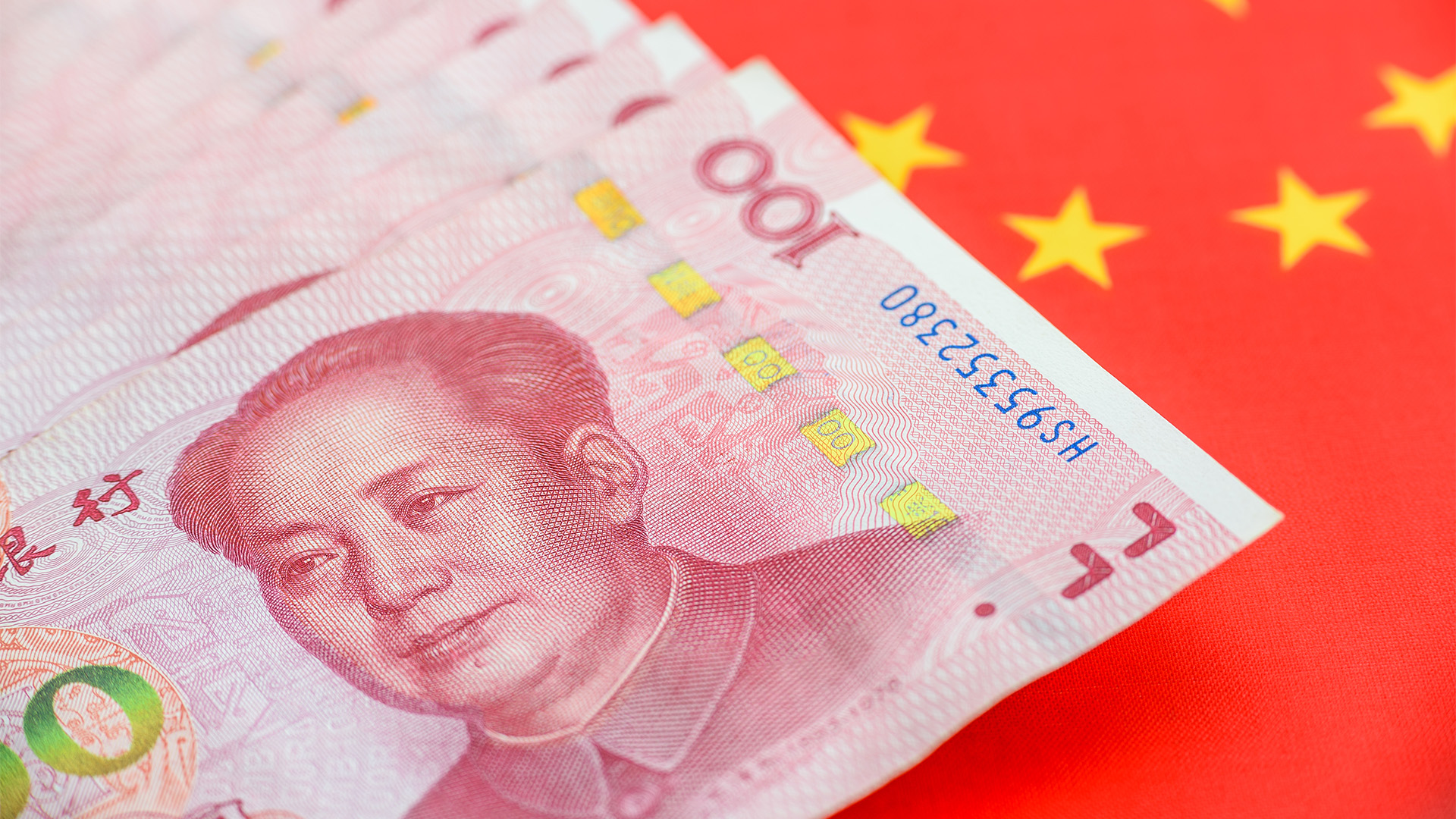No interest rate relief this week or last from the People’s Bank of China, but the country’s central bank rolled out a second-best move: a cut in the reserve ratio for the country’s banks from early next month.
The half-percent cut will see around $US139 billion released into the financial system for the banks to use. The cut will start on February 5, five days before the Lunar New Year holiday break starts – the timing is not a coincidence, according to Chinese analysts.
China cut the RRR twice last year; the last was in September. They had no impact on lending or the wider economy, which slumped into deflation from October onwards.
PBoC Governor Pan Gongsheng revealed the cut at a media conference on Wednesday, the third major announcement from the Government in as many days about support for the markets.
That media conference was also significant; previous cuts to the RRR have been made by statements on the central bank’s website.
The PBOC will also cut re-lending and re-discount interest rates by 25 basis points (0.25%) for the rural sector and small firms from today. The reduction follows earlier cuts of 25 bps for all banks in September and March last year.
Tuesday’s talk of a share market support package (ignoring that it is too small) saw the Hong Kong market jump 3.5% on Wednesday, and the Shanghai market was up 1.5%. The CSI 300 blue-chip index rose 1.4%.
The RRR cut came too late for the markets, so there should be a flow-on today.
Wednesday’s reserve ratio cut was more tangible than the two prior attempts to gee up markets.
Monday saw a sharp fall in mainland and Hong Kong shares, and the government rushed to try and soothe fears. State-owned CCTV reported that Chinese Premier Li Qiang had called for "more powerful and effective measures to stabilize the market and confidence."
On Tuesday, up popped a strategic leak to Bloomberg claiming the government is considering a rescue package backed by offshore money to stave off a slump in its struggling stock markets.
The report said Chinese authorities are aiming to get about 2 trillion yuan ($US278 billion), primarily through offshore accounts of Chinese state-owned companies to help stabilize the market by purchasing stocks onshore through Hong Kong markets.
According to Bloomberg, Chinese policymakers have also put aside another 300 billion yuan of local funds (around $US41 billion) that would be used to invest in onshore shares through state-owned financial firms China Securities Finance Corp. or Central Huijin Investment Ltd.
The total amount of $US320 billion won’t leave much of an impact; it's actually smaller than the loss of value in the Shanghai market since the start of the year.
And now a cut in the RRR, so will it go to helping the struggling property sector by allowing banks to offer new loans to help their customers survive? Reportedly, that’s what happened with a lot of last year's two RRR cuts.














